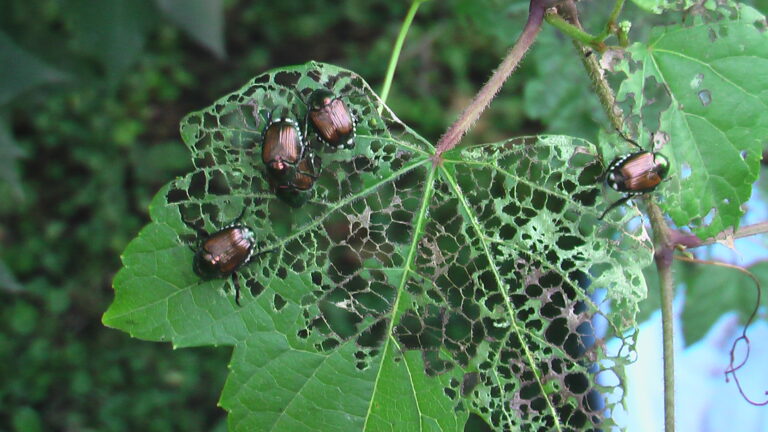
New Jersey Neonicotinoid Pesticide Ban
On January 18th 2022, Governor Phil Murphy signed new legislation that affects the use of neonicotinoid pesticides. In summary, the new legislation prohibits any use of neonicotinoid pesticides that is not for agricultural purposes after October 31st, 2023. The intent



